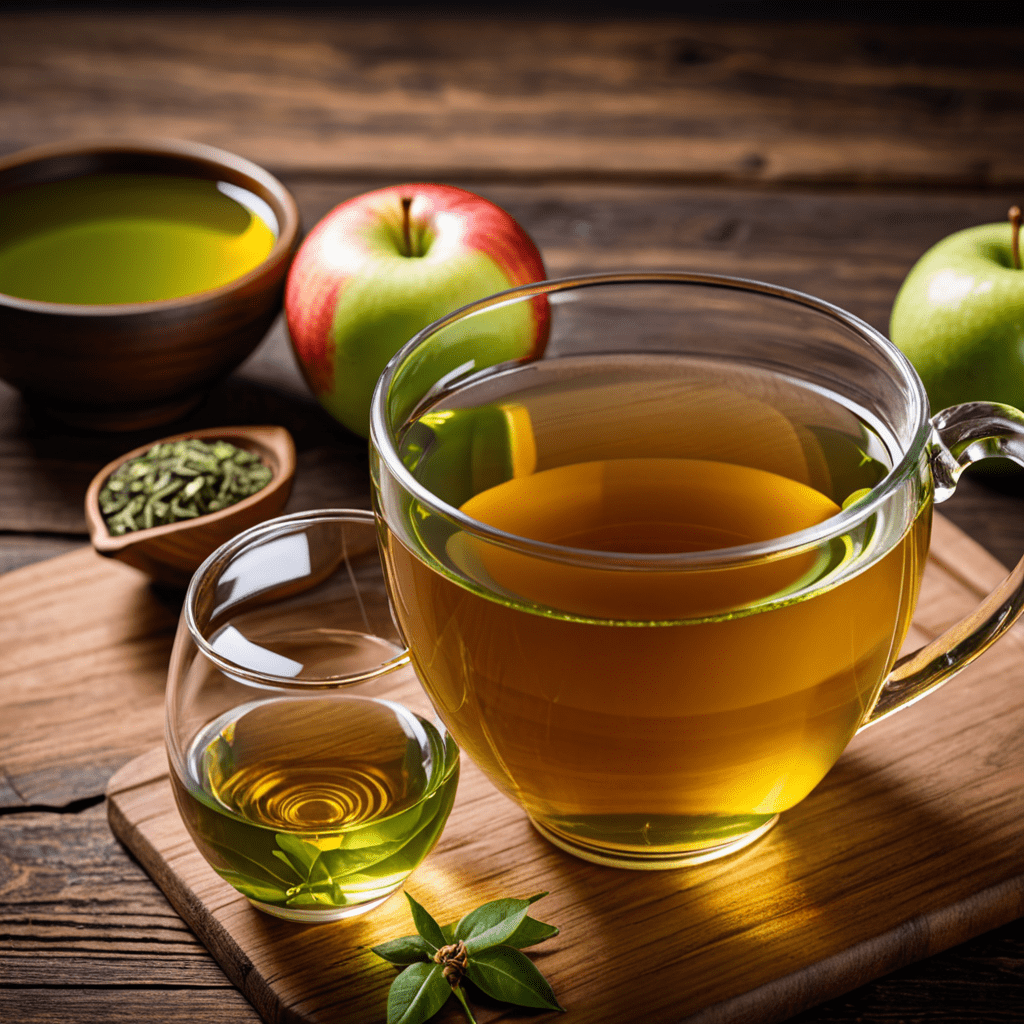1. Introduction:
Tea occupies a central position in Indian culture, deeply ingrained in the nation's social fabric and identity. Beyond being a refreshing beverage, it stands as a potent symbol of hospitality, signifying warmth, acceptance, and communal sharing. From bustling city streets to serene villages, the ubiquitous presence of tea underscores its profound significance in the lives of Indians.
2. Historical Origins of Tea in India:
Tea's journey in India dates back to the 19th century, intertwined with the advent of British colonialism. While indigenous to China, the British East India Company introduced tea cultivation in Assam, initiating its widespread production in the region. Tea plantations flourished, catering to the burgeoning global demand and transforming tea into an important commercial commodity. Over time, tea surpassed its colonial roots and evolved into an integral part of Indian life, deeply embedded in its customs and traditions.
3. The Chai Ritual:
The preparation of chai, traditionally known as "masala chai," is an elaborate ritual deeply embedded in Indian culture. Black tea forms the base, infused with a vibrant symphony of spices including ginger, cardamom, cinnamon, cloves, and black pepper. Milk and sugar are added, creating a warm, aromatic concoction that awakens the senses. Each household possesses its unique recipe, passed down through generations, reflecting the diversity and richness of Indian culinary heritage. The brewing process itself holds deep significance, symbolizing the meticulous care and attention devoted to welcoming guests and fostering a sense of community.
4. Chai and Social Interaction:
Chai transcends its functional role as a beverage, serving as a catalyst for social interaction and community building. It provides a pretext for casual conversations, fostering meaningful connections between friends, families, and neighbors. Gathered around a steaming cup of chai, individuals share stories, discuss current affairs, or simply revel in shared laughter and companionship. Chai stalls, found in every nook and corner, act as vibrant social hubs, facilitating spontaneous interactions and bridging social divides. In essence, chai symbolizes the very essence of Indian society, emphasizing social harmony and the joy of shared experiences.
5. Chai Beyond Hospitality:
Chai's significance extends far beyond its role in welcoming guests, permeating various facets of Indian life. It occupies a central space in religious ceremonies, symbolizing purity and devotion. During festivals like Diwali and Holi, elaborate chai offerings are made to deities, reflecting the belief that the divine resides within the everyday. Moreover, chai transcends boundaries of class and religion, uniting individuals from diverse backgrounds and reaffirming the shared heritage that binds them together. From morning chai that kickstarts the day to comforting cups offered in times of sorrow, chai weaves itself into the fabric of Indian life, offering solace, shared joy, and a profound sense of belonging.
6. Variations of Chai Across India:
India's diverse landscape and culinary traditions give rise to a plethora of regional chai variations, each boasting unique flavors and characteristics. In the coastal state of Kerala, "Sukh Chai" is a creamy delight blended with condensed milk, while Gujarat's "Kadak Chai" delivers a robust, full-bodied experience. Assam, the birthplace of Indian tea, is renowned for its strong, malty "Assam Chai," perfect for invigorating mornings. In Kashmir, the vibrant "Kahwa Chai" combines black tea with saffron, almonds, and cinnamon, offering a warm and fragrant comfort. These diverse variations exemplify the adaptability and creativity of Indian chai culture, showcasing regional preferences and culinary ingenuity.
7. Chai and Street Culture:
Chai stalls, often referred to as "chai tapris," are ubiquitous fixtures in the Indian cityscape. These modest establishments serve as more than just beverage dispensers; they are vibrant social hubs where diverse individuals converge for a shared cup of chai and lively conversations. From students to office workers, chai tapris offer a platform for informal interactions, fostering a sense of community and belonging. These lively hubs often become focal points for local news and gossip, reflecting the vibrant pulse of the city and its inhabitants. Chai stalls, therefore, are not merely places to quench thirst but rather embodiments of India's street culture, capturing its essence of camaraderie and shared experiences.
8. Chai in Popular Culture:
Chai's influence transcends the culinary realm, deeply permeating India's cultural landscape. In Bollywood movies, sharing a cup of chai often signifies trust and intimacy, highlighting its role in strengthening relationships. Literature, too, embraces chai as a potent symbol, with authors like Ruskin Bond using it to evoke feelings of nostalgia and comfort. From the melodious lyrics of Bollywood songs that celebrate chai's unique charm to the evocative descriptions in literature, chai is woven into the very fabric of India's cultural expression. Its presence reflects the nation's emotional landscape, capturing its essence in a way that resonates with individuals across generations.
9. The Future of Chai in Indian Culture:
Despite the advent of globalized beverage trends, chai's future in Indian culture remains secure. Innovative tea startups are experimenting with new flavors, brewing techniques, and formats, ensuring chai's continued relevance in the evolving consumer landscape. Moreover, the increasing popularity of artisanal tea blends and specialty cafes underscores a growing appreciation for chai's quality and diversity. Chai's future is not merely as a beverage but as an integral part of the evolving Indian identity, adapting to changing tastes while staying true to its core values of hospitality, community, and cultural significance.
10. Conclusion:
Chai, in its essence, embodies the spirit of Indian hospitality. Its preparation, consumption, and cultural significance reflect a deep-rooted tradition of welcoming guests and fostering connections. From its humble origins to its contemporary interpretations, chai remains a potent symbol of social unity and cultural identity. As India progresses, chai will undoubtedly continue to evolve, reflecting the nation's changing palate while preserving its core values of warmth, community, and shared experiences. It is this enduring legacy that ensures chai's prominent place in Indian culture for generations to come.
Frequently Asked Questions (FAQ):
- What are the most popular chai spices used in India?
Ginger, cardamom, cinnamon, cloves, and black pepper are the most commonly used spices in Indian chai. - What is the traditional way to brew chai in India?
Chai is traditionally brewed by boiling water, adding tea leaves and spices, and then simmering for a few minutes. Milk and sugar are then added to taste. - How many cups of chai do Indians drink per day?
The average Indian consumes approximately 2-3 cups of chai daily. - What are some popular chai variations in India?
Masala chai, Assam chai, Kashmiri chai, and Sukh chai are some of the most popular chai variations in India. - What is the cultural significance of chai stalls in India?
Chai stalls serve as social hubs, fostering community interaction and cultural exchange.


